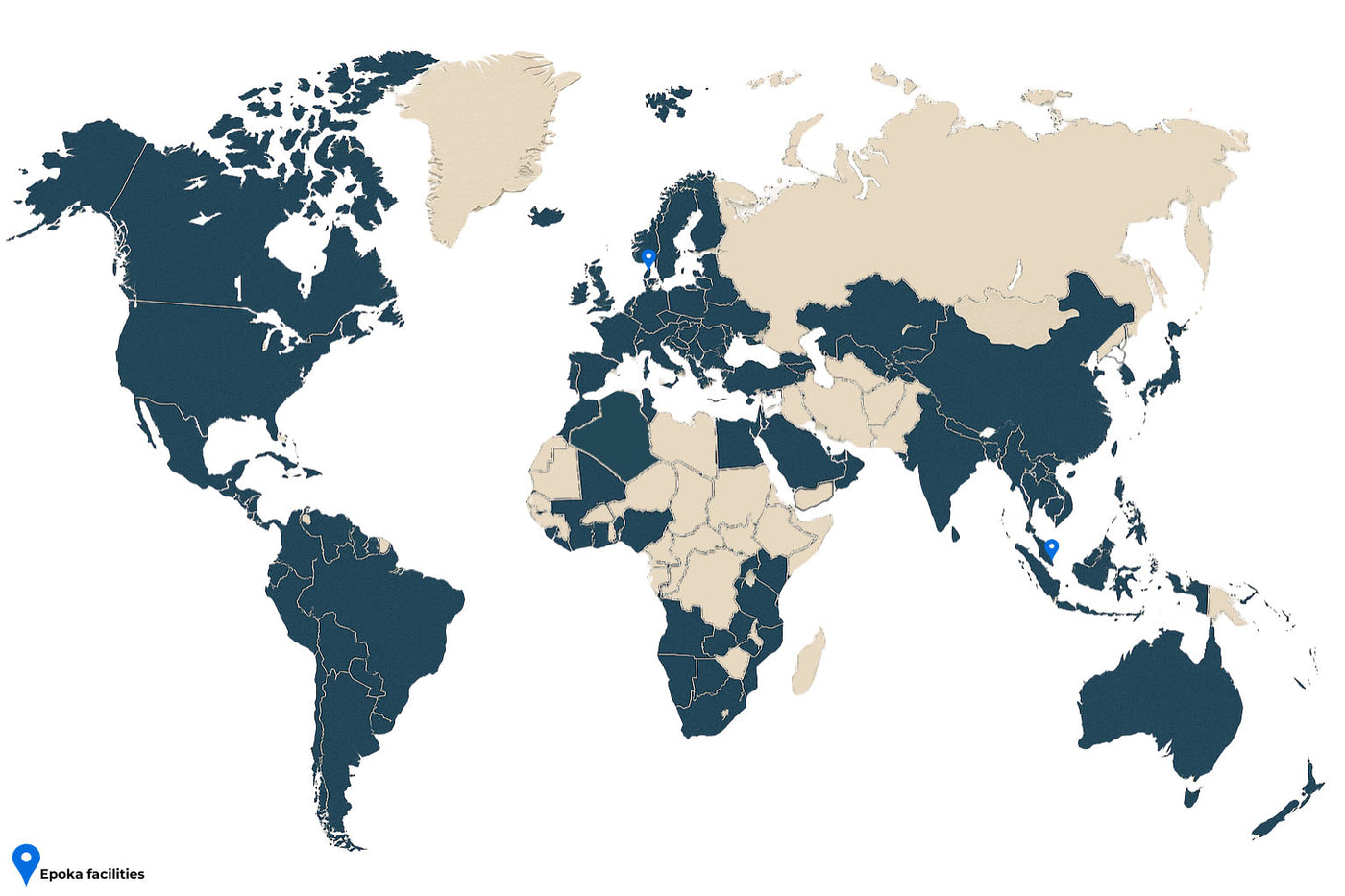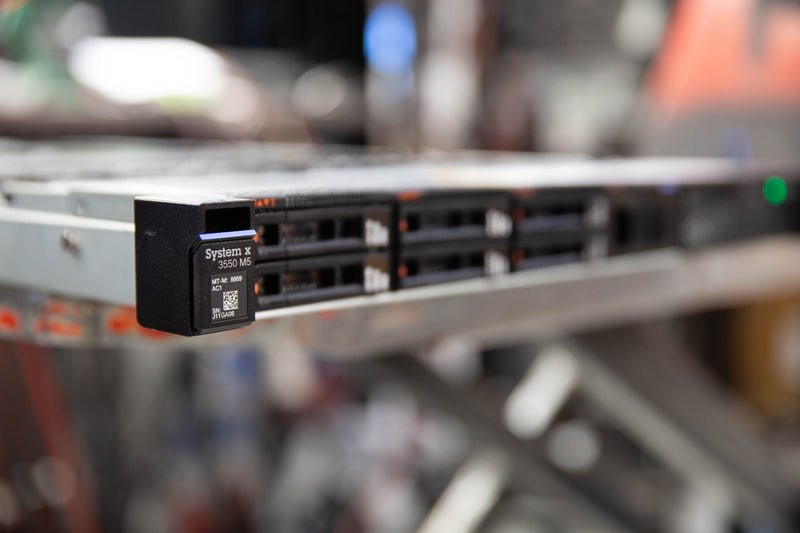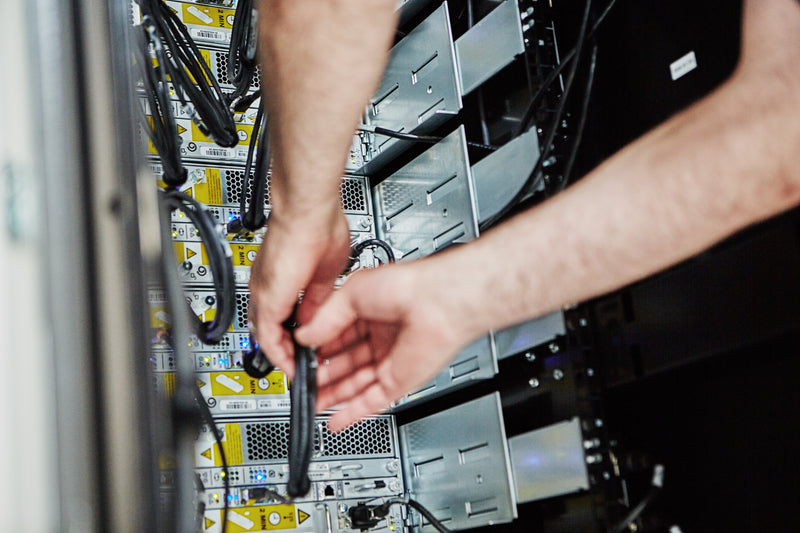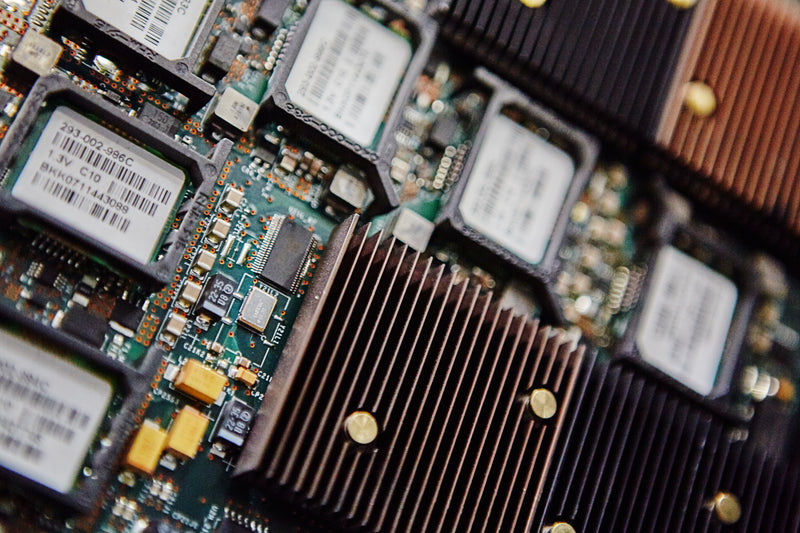Third-Party Maintenance (TPM) Dictionary
The IT industry is full of complex terms, acronyms, and vendor-specific language. When exploring Third-Party Maintenance (TPM), it can be difficult to navigate what all the terminology actually means and how it applies to your business.
This dictionary is designed to give you clear, practical, and SEO-friendly definitions of every important TPM term. Whether you’re comparing OEM vs. TPM support, considering EOSL maintenance, or looking for multi-vendor contracts, this guide will help you understand the language of TPM and the benefits it brings: lower costs, extended hardware lifecycles, and more flexible support.
From A-W
A
- Asset Lifecycle Management (ALM)
Managing IT equipment from acquisition to retirement. In TPM, ALM focuses on extending hardware lifecycles beyond OEM limits, reducing costs and delaying refresh cycles.
- Annual Maintenance Contract (AMC)
A yearly TPM agreement covering parts, labor, and repairs. Typically more affordable than OEM contracts, with flexible terms that fit business needs.
- Advanced Hardware Replacement (AHR)
A TPM service where replacement parts are delivered quickly or in advance, ensuring minimal downtime and steady IT performance.
B
- Break-Fix Service
A TPM support model where equipment is repaired only when it fails. This eliminates expensive OEM retainers while still providing reliable technical help.
- Buffer Stock
Spare parts kept by a TPM provider, often at local depots or on-site, enabling faster repairs and stronger uptime than waiting for OEM shipments.
- Bandwidth Maintenance
TPM support for networking devices such as switches, routers, and firewalls, keeping them operational well past OEM end dates.
C
- Contract Consolidation
Merging multiple OEM contracts into a single TPM agreement. It simplifies management and lowers costs while ensuring consistent service across brands.
- Coverage Options
TPM service levels such as 24x7x4 response or Next Business Day support. These can be tailored, unlike rigid OEM coverage.
- Cost Optimization
The budget advantage of TPM. By lowering support fees and extending hardware lifespans, TPM delivers major savings over OEM support.
D
- Data Center Maintenance
TPM support for servers, storage, and networking equipment in data centers. It keeps systems stable without forcing early hardware refreshes.
- Decommissioning Services
The secure removal and recycling of IT assets, often including certified data erasure. TPM providers help companies retire equipment responsibly.
- Direct OEM Support
Support provided by the manufacturer itself. Usually costly and less flexible compared to TPM alternatives.
E
- End of Life (EOL)
When an OEM stops selling a product but may still provide limited support. TPM ensures businesses can continue using EOL hardware effectively.
- End of Service Life (EOSL)
When an OEM ends all support. TPM providers specialize in maintaining EOSL equipment, extending return on investment.
- Extended Warranty
An extension of the OEM’s warranty, often handled more affordably and flexibly by TPM providers.
F
- Field Engineer
A trained TPM technician who performs on-site repairs and part replacements, ensuring quick resolution when issues occur.
- Flexible SLAs
Service Level Agreements customized by TPM providers. Unlike OEMs, TPM can adapt response times to actual business needs.
- Firmware Support
Assistance with maintaining firmware stability. While OEMs restrict updates after EOSL, TPM ensures hardware continues to run securely and reliably.
G
- Global Coverage
TPM support available worldwide. Ideal for multinational companies seeking consistent service across different regions.
- Green IT
Sustainable IT practices. By extending hardware lifecycles, TPM helps reduce e-waste and supports corporate sustainability goals.
H
- Hardware Refresh Cycle
The OEM-driven timeline for replacing equipment, usually every 3–5 years. TPM allows businesses to safely extend this cycle, saving on capital expenses.
- Hot Spares
Backup hardware kept on-site to ensure rapid recovery if equipment fails. TPM providers often manage hot spares to minimize downtime.
I
- Incident Management
The TPM process of logging, tracking, and resolving equipment failures quickly to restore service.
- IT Asset Management (ITAM)
The practice of tracking and optimizing IT assets. TPM strengthens ITAM by extending asset lifecycles and lowering maintenance costs.
L
- Legacy Hardware Support
The ability of TPM providers to maintain older equipment no longer covered by OEMs, keeping stable systems running longer.
- Lifecycle Extension
The practice of using TPM to keep hardware functional well beyond OEM timelines, maximizing return on investment.
M
- Maintenance Contract
A formal agreement outlining support terms. TPM contracts are more cost-effective and customizable than OEM versions.
- Multi-Vendor Support
TPM coverage for hardware from many brands under one contract, reducing complexity and administrative overhead.
N
- Next Business Day (NBD) Support
An SLA where TPM providers deliver parts or repairs the following business day. Cost-effective for non-critical systems.
- Network Hardware Support
TPM services that maintain routers, switches, firewalls, and wireless devices, ensuring strong connectivity beyond OEM support windows.
O
- Original Equipment Manufacturer (OEM)
The company that built the hardware. OEM support is often expensive and tied to frequent hardware refresh cycles.
- OEM Support
Maintenance provided by the manufacturer. TPM offers a more flexible and affordable alternative.
P
- Proactive Maintenance
Preventive TPM services that identify and fix issues before they cause downtime, improving reliability.
- Part Replacement Guarantee
A TPM commitment to provide replacement hardware when needed, ensuring continued system availability.
R
- Remote Monitoring
Continuous TPM monitoring of IT systems to detect potential failures early and reduce unplanned downtime.
- Renewal Flexibility
TPM contracts can be renewed monthly, annually, or on custom terms, unlike OEM agreements that lock customers in.
S
- Service Level Agreement (SLA)
The foundation of TPM support, detailing response times, repair commitments, and uptime targets.
- Server Maintenance
TPM support for physical servers from vendors like Dell, HPE, IBM, and Lenovo, extending their usable life.
- Storage Maintenance
Support for SAN and NAS systems, ensuring critical data availability even after OEM support ends.
T
- Third-Party Maintenance (TPM)
Independent IT hardware support not tied to OEMs. TPM delivers lower costs, lifecycle extension, and flexible SLAs for servers, storage, and networking equipment.
- TPM Provider
A company that delivers third-party maintenance, offering multi-vendor coverage and significant cost savings.
- Ticketing System
An online platform used by TPM providers to log and resolve customer issues efficiently.
U
- Uptime Guarantee
A TPM promise to minimize downtime by combining proactive monitoring, fast repairs, and reliable spare parts.
- Upgrades Deferral
The ability to safely postpone OEM-recommended hardware refreshes thanks to TPM support, extending the value of existing systems.
V
- Vendor-Agnostic Support
TPM providers offer unbiased maintenance across multiple OEM brands, without pushing new hardware sales.
- Virtualization Support
Some TPM providers extend coverage to virtualized environments, ensuring both physical and virtual layers remain reliable.
W
- Warranty Support
OEM coverage during the initial ownership period. TPM takes over after warranties expire, usually at much lower cost.
- Wear-and-Tear Coverage
TPM contracts often include coverage for natural hardware wear, preventing unexpected expenses.





